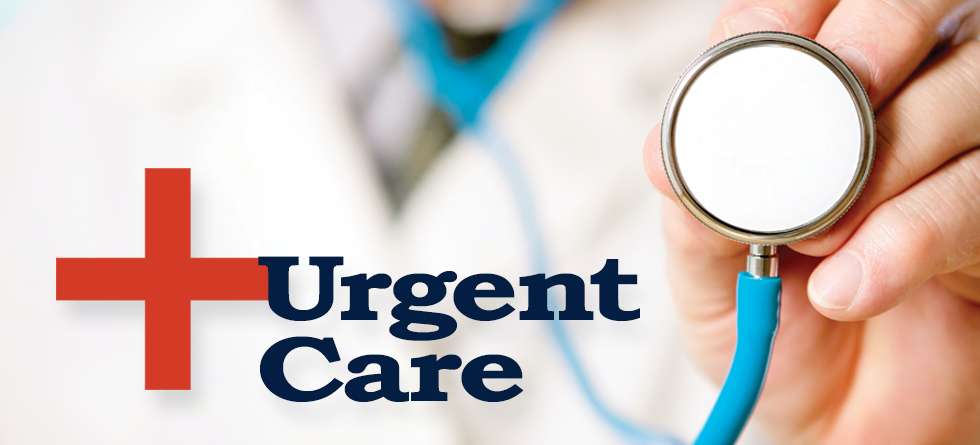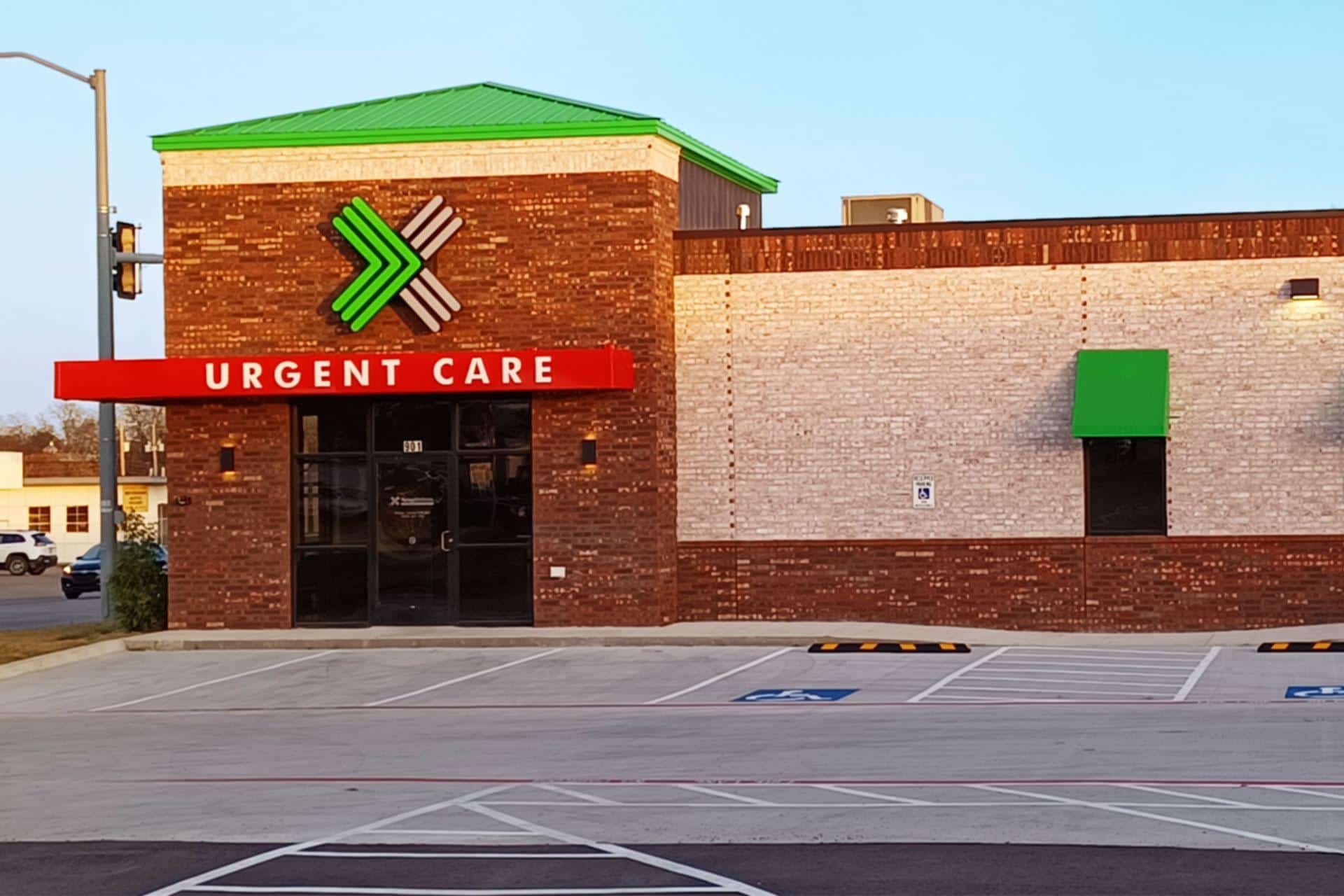Specialist Suggestions on Navigating Clinic Options for Urgent Care
Specialist Suggestions on Navigating Clinic Options for Urgent Care
Blog Article
The Importance of Urgent Treatment Centers in Connecting the Gap In Between Health Care and Emergency Situation Services
Urgent treatment facilities have actually arised as an essential element of the healthcare landscape, effectively addressing the critical demand for immediate medical attention without turning to emergency situation services. By giving look after non-life-threatening conditions, these facilities assist to reduce the worry on emergency situation spaces and enhance patient access to prompt treatment. Their extended hours and diverse solutions satisfy a growing population looking for options to conventional key treatment. However, the progressing role of urgent treatment centers increases vital questions about their integration within the broader medical care system and the ramifications for patient outcomes and resource allotment.
Introduction of Urgent Treatment Centers
Immediate care facilities have become an important element of the medical care delivery system, offering obtainable clinical services for non-life-threatening conditions. These facilities usually operate outside typical workplace hours, offering patients an option to emergency situation spaces and medical care settings. Individuals looking for urgent treatment typically existing with problems such as minor injuries, infections, or illnesses that need prompt attention however do not posture an instant threat to life or arm or leg.
Urgent treatment centers are staffed by a series of medical care specialists, including medical professionals, nurse specialists, and doctor aides, that are outfitted to diagnose and treat various medical problems. They usually feature diagnostic devices such as X-ray devices and lab services, enabling them to offer detailed treatment on-site.
The facility of immediate care centers has actually been affected by the raising need for timely clinical solutions in a hectic society, where people might struggle to secure appointments with primary care companies. Because of this, these centers aim to minimize blockage in emergency situation departments, boosting general health care performance. Additionally, urgent care centers usually act as a bridge in between health care and emergency situation services, making certain that clients obtain proper care customized to their specific medical needs.

Benefits of Urgent Treatment Solutions
Accessing prompt clinical care is a significant benefit of urgent care services. These facilities provide prompt interest for non-life-threatening conditions, effectively minimizing wait times contrasted to conventional emergency departments. Patients seeking take care of small injuries, ailments, or urgent health and wellness concerns can get therapy without the lengthy delays often connected with health center visits.
Another secret benefit is the extensive hours of operation. Lots of urgent care centers are open evenings and weekend breaks, accommodating individuals that may not have the ability to visit their health care provider throughout common office hours. This flexibility makes urgent care an accessible alternative for those with busy routines or unexpected health and wellness concerns.
Moreover, immediate care centers often provide a wide variety of services, consisting of analysis testing, X-rays, and standard lab services. This detailed strategy enables quick medical diagnosis and treatment, improving person fulfillment.
In addition, urgent treatment centers are commonly a lot more cost-effective than emergency spaces, making them an attractive option for people without insurance policy or those with high-deductible strategies. On the whole, urgent treatment services play a critical role in providing easily accessible, timely, and budget-friendly healthcare.
Comparison With Medical Care
Generally, clients usually evaluate their alternatives in between immediate care facilities and medical care carriers when seeking medical attention. Both offer important functions in the medical care system, yet they vary dramatically in ease of access, expense, and range.
Medical care companies are generally the first point of call for people, focusing on long-lasting health monitoring, preventive care, and persistent condition monitoring. They supply connection of treatment, fostering a patient-provider partnership that enables comprehensive health evaluations and tailored therapy strategies. Setting up a consultation can be lengthy, usually requiring days or weeks in advancement. Urgent Care.
On the other hand, urgent care centers give prompt look after non-life-threatening conditions that require punctual interest, such as small injuries or infections. These facilities frequently operate outside of traditional office hours, fitting people that may not be able to visit their medical care supplier during routine business times. In addition, immediate treatment is typically much more cost-effective than emergency room brows through, making it an appealing choice for those with limited healthcare access.
Eventually, while urgent treatment centers and primary care service providers both contribute to client health and wellness, they satisfy distinctive requirements, making it crucial for people to determine which option best aligns with their circumstances.
Emergency Situation Services Interaction
The communication in between urgent treatment centers and emergency situation services is a crucial aspect of the health care landscape, especially when clients encounter scenarios that may intensify in seriousness. Urgent care centers act as a bridge in between health care and emergency departments, dealing with non-life-threatening problems that call for immediate attention. This collaboration improves patient end results and enhances source allocation within the medical care system.
When individuals provide with immediate yet not life-threatening problems, urgent treatment facilities can effectively find handle their needs, easing blockage in emergency situation rooms. Facilities furnished with diagnostic abilities can assist in prompt referrals to emergency services when a patient's problem exceeds like this the extent of immediate care treatment. This seamless communication assists make certain that people get the proper degree of treatment without unnecessary hold-ups.
Furthermore, reliable interaction between immediate care suppliers and emergency services is vital. Sharing individual information and treatment histories promotes coordinated care, lessening the risk of redundant tests and treatments. As medical care proceeds to progress, the dynamic partnership in between urgent treatment centers and emergency situation services will certainly play a critical duty in boosting individual care effectiveness, satisfaction, and general health and wellness outcomes within the area.
Future of Urgent Care Facilities
As health care demands develop, the future of urgent treatment facilities is positioned to come to be significantly essential to the overall medical community (Urgent Care). These facilities are likely to broaden their functions by integrating sophisticated innovations, such as telemedicine, man-made intelligence, and digital health record integration. This will certainly enhance patient gain access to and improve care control in between urgent treatment, health care, and emergency services
In addition, immediate care facilities are anticipated to expand their service offerings to consist of precautionary care and chronic condition administration. This change will place them as vital parts in managing population health, minimizing the problem on emergency situation departments, and attending to spaces in medical care accessibility.
The expanding fad of value-based treatment will certainly additionally increase the improvement of urgent care centers, motivating them to concentrate on individual results and fulfillment. Facilities may likewise embrace joint technique designs, functioning very closely with experts and medical care companies to guarantee comprehensive person monitoring.
Final Thought
To conclude, immediate care centers offer an important function in the healthcare system by giving instant access to treatment for non-life-threatening problems, efficiently easing pressure on emergency services. Their prolonged hours and varied variety of solutions boost individual ease and resource satisfaction, while also ensuring ideal treatment distribution. As medical care requires remain to advance, the duty of immediate care facilities will likely come to be significantly significant, additional bridging the gap between medical care and emergency situation solutions.
The establishment of urgent treatment centers has been influenced by the increasing demand for prompt clinical solutions in a fast-paced society, where clients might have a hard time to protect visits with primary care carriers. Furthermore, urgent treatment centers commonly serve as a bridge between main treatment and emergency services, guaranteeing that clients obtain ideal care customized to their specific medical requirements.
Many immediate care centers are open evenings and weekends, suiting patients that may not be able to visit their primary care provider during basic office hours (Urgent Care). As medical care continues to progress, the vibrant partnership between immediate care centers and emergency situation solutions will play a critical role in improving client care efficiency, complete satisfaction, and total health and wellness outcomes within the area

Report this page